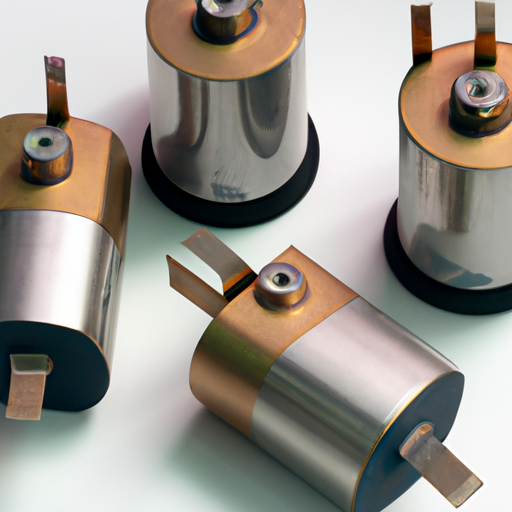Overview of LVDT Transducers
Linear Variable Differential Transformers (LVDTs) are sophisticated electromechanical devices designed for precise linear displacement measurement. They operate based on the principle of electromagnetic induction, offering high accuracy, reliability, and durability across a wide range of applications. The fundamental technology behind LVDTs consists of a primary coil and two secondary coils symmetrically positioned around a movable ferromagnetic core. As the core shifts, it modifies the magnetic coupling between the coils, resulting in a differential voltage output that correlates directly with the core's position.
Core Functional Technology
| 1. Operating Principle | |
| 2. Key Features | |
| 3. Signal Conditioning | |
| 1. Aerospace and Defense | |
| 2. Industrial Automation | |
| 3. Civil Engineering | |
| 4. Medical Devices | |
| 5. Automotive Testing | |
Application Development Cases
Conclusion

LVDT transducers are versatile and reliable devices that are essential in various industries. Their capability to deliver accurate and repeatable measurements makes them invaluable in applications ranging from aerospace to civil engineering. As technology progresses, the integration of LVDTs with digital systems and IoT platforms is expected to enhance their functionality and broaden their application scope even further. The ongoing development in signal processing and data analytics will likely lead to more innovative uses of LVDTs, solidifying their role in modern measurement and control systems.
Overview of LVDT Transducers
Linear Variable Differential Transformers (LVDTs) are sophisticated electromechanical devices designed for precise linear displacement measurement. They operate based on the principle of electromagnetic induction, offering high accuracy, reliability, and durability across a wide range of applications. The fundamental technology behind LVDTs consists of a primary coil and two secondary coils symmetrically positioned around a movable ferromagnetic core. As the core shifts, it modifies the magnetic coupling between the coils, resulting in a differential voltage output that correlates directly with the core's position.
Core Functional Technology
| 1. Operating Principle | |
| 2. Key Features | |
| 3. Signal Conditioning | |
| 1. Aerospace and Defense | |
| 2. Industrial Automation | |
| 3. Civil Engineering | |
| 4. Medical Devices | |
| 5. Automotive Testing | |
Application Development Cases
Conclusion

LVDT transducers are versatile and reliable devices that are essential in various industries. Their capability to deliver accurate and repeatable measurements makes them invaluable in applications ranging from aerospace to civil engineering. As technology progresses, the integration of LVDTs with digital systems and IoT platforms is expected to enhance their functionality and broaden their application scope even further. The ongoing development in signal processing and data analytics will likely lead to more innovative uses of LVDTs, solidifying their role in modern measurement and control systems.